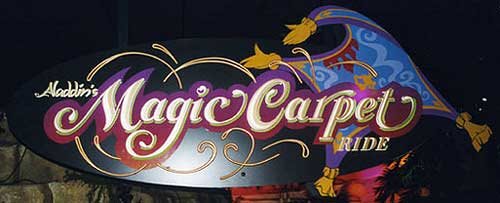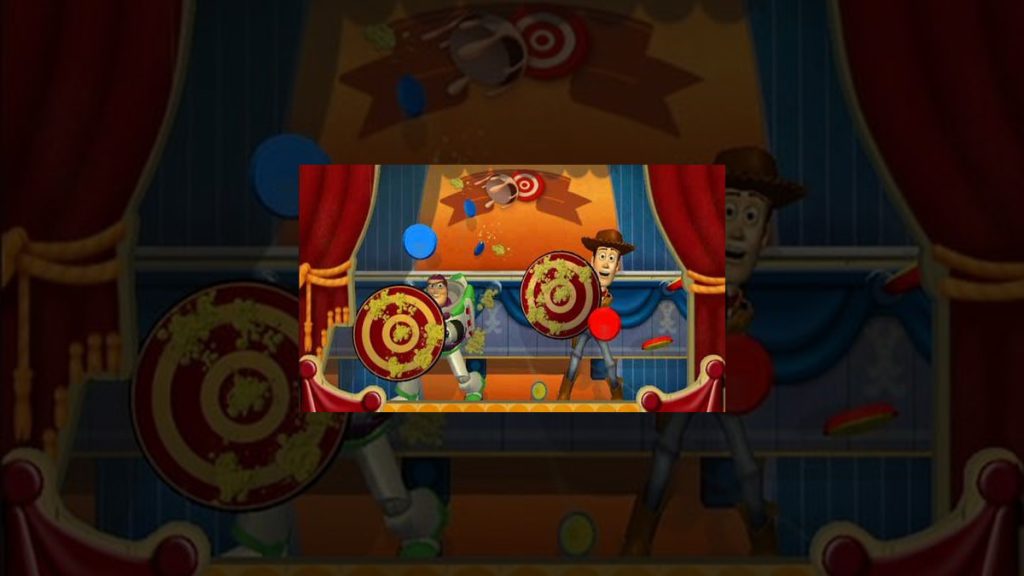The term "Virtual Reality" has been a buzzword in
pop culture for decades but accessible VR technology has always been more
science fiction than science fact. Fans of entertainment are finally entering a
new era. In 2014 VR technology had actually come of age. Large companies, like
Google and Sony, were showing audiences what their R&D groups had been busy
working on. One of the first previews of the latest VR technology happened at
the Game Developers Conference in March 2014. The GDC takes place in San
Jose every year and brings together the trendsetters,
iconoclasts and publishers for a multi-day a conference that is not open to the
public. It was here that Sony unveiled Project Morpheus.
The VR headset dazzled audiences. It featured a high definition display and
stereo headphones in a light shell. Weight and power had long been issues with
early VR headsets. Advances in screen and battery technology from mobile
devices made the new generation of VR more promising.

Project Morpheus was a long time coming but it was not
exclusively the work of Sony engineers. The company had designers that had
worked on the crowd-source funded Oculus VR technology. Game developers from iD, Microsoft and other major publishers were interested in the immersive technology. This
was technology that could not only be applied for games but had practical
applications for home entertainment centers, home computing, schools, offices
and hospitals. For the sake of Jim Hill Media we will focus on just the
entertainment aspects of the technology. The 2014 GDC gave audiences a glimpse
of the advances of VR but the first real hands-on came at the E3 in Los
Angeles a few months later. Shelly and I had a chance
to test the different VR technologies over that time. The application of a VR
headset with a game certainly did add a sense of immersion that is hard to
describe. Turning your head, tilting and leaning changed our perspective in
real-time. We could hear enemies behind us, bullets buzzing overhead and allies
calling from a distance. We could look and actually see this happening in a full
360 degrees. This was a feature that could be used while sitting or standing at
home but the applications outside the home were even more promising. Developer
Virtuix created a platform that allowed players to
actually stand, turn and walk in a full 360 degrees. It wasn't as disorienting
as it sounds. Players stepped into a harness, that helped keep them centered on
the platform. They placed slip covers over their shoes so that they could slide
on the platform and mimic the action of walking. It was awkward at first but
after a few moments it felt eerily realistic.

Having accessible VR had been a long time coming. Almost
every major publisher had taken a stab at the format. Sega begun development on
a VR console based on the success of the Mega Drive
/ Genesis in 1993. It was supposed to debut in 1994 but never materialized. Nintendo
countered with the Virtual Boy in 1995. The console was meant to be a portable 3D
gaming system, a successor to the popular GameBoy. The technology was slightly
modernized from the older Tomy "Tomytronic" 3D handheld LCD gaming
system from 1982. The Virtual Boy was a dismal failure due to it's two-color
format (red and black) and small library of titles. The console was
discontinued in 1996. When the Disney company announced that they would also
get into the VR movement many gamers were excited. If there was one company
that could crack that nut it would be Disney. DisneyQuest opened in 1998, it
was on the cutting-edge of theme park, arcade and immersive technologies. Aladdin's
Magic Carpet Ride for example would allow players to wear a VR helmet and
experience flying through the streets of Agrabah. It was amazing for the time
but became outdated within a few years. This would be the major sticking point
with VR technology. By the time that a company got a helmet from prototype to
market it would be either outdated technology within or be so expensive that
most people could not afford it. A company as large as Disney committing to VR
seemed very risky. Shareholders probably did not like this prospect of having
to reinvest in new technology every year. This did not stop the company from
experimenting with the format.
The always-popular Midway Mania, which opened in 2008,
featuring the Toy Story characters was an example of VR. These types of rides
were sometimes referred to as "4D." Audiences sported 3D glasses and
interacted with the game screens. This attraction could be updated as often as
the Disney company wanted to. It was not the only attraction that had the
benefit of new technology. Goofy's Paint 'n' Play House debuted in Tokyo
Disneyland in 2012. In the attraction audiences could paint the walls with
light cannons. Audiences did not need glasses to enjoy the augmented reality
experience. The paint effects were instead projection-mapped onto physical
objects. At the 2015 GDC, Disney actually had a presentation. Bei Yang, an
executive of Creative Technology with the Imagineering group discussed new
approaches with Virtual Reality. He discussed being able to create an augmented
experience without the use of a headset. Noting that the current model where
gamers wear headsets isolates them from the community. It would be better if a
group could participate in the experience without all having to don special
glasses or headwear. It certainly planet the seeds of discussion with the
development community and caused the gaming press to go into overdrive. Reporters
speculated that Disney was considering building entire theme parks as well as
current, past and Blue Sky attractions in VR. Audiences went wild at the
prospect. Perhaps Disney used the 2015 GDC appearance to hint at something that
they wanted to unveil at the E3 or D23 this year. We can only wait and see.
